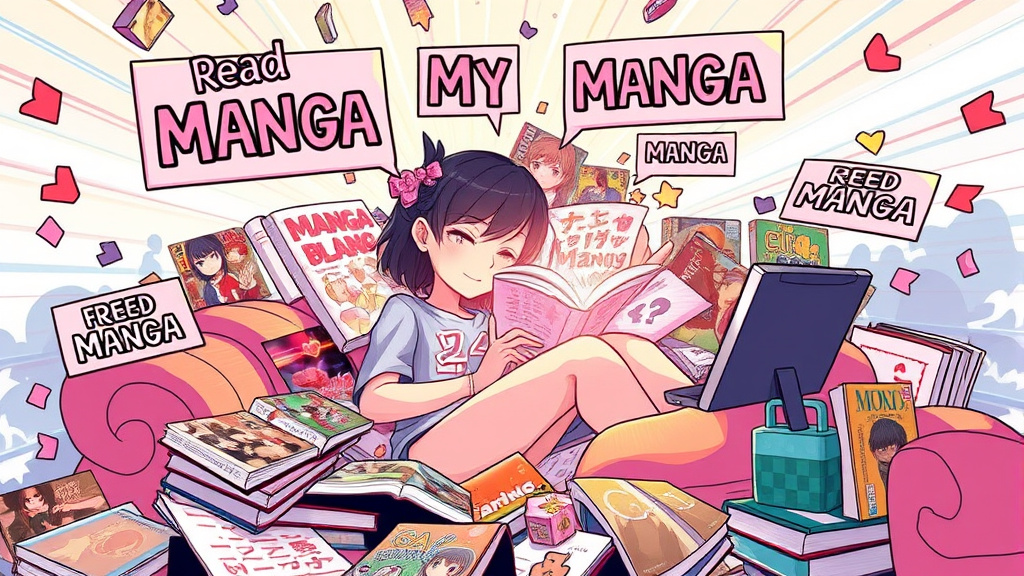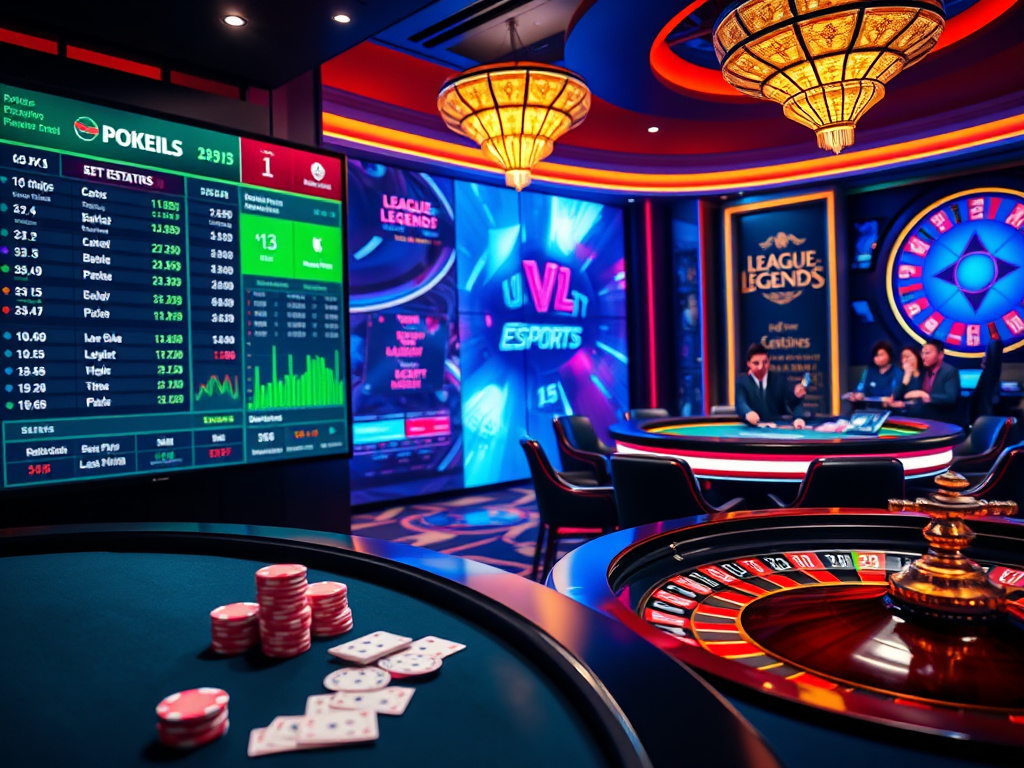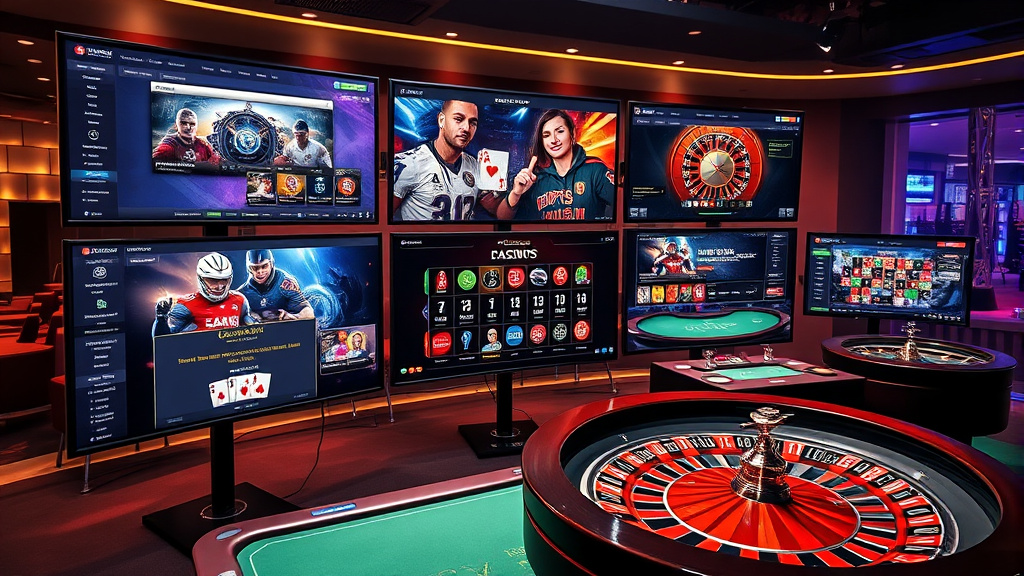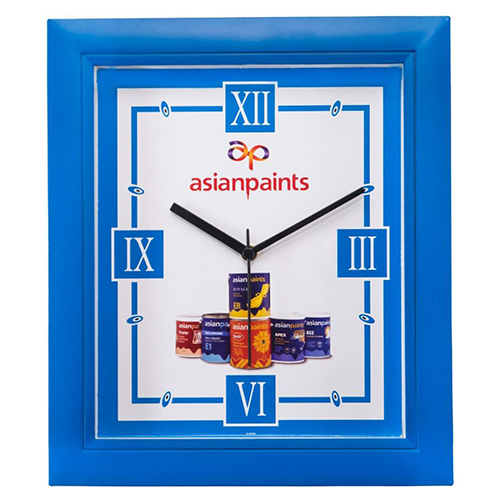anime and manga are more than just entertainment—they are vibrant cultural phenomena that have profoundly influenced global pop culture. From their beginnings in Japan to their widespread popularity across continents, anime and manga have created dedicated communities, inspired countless adaptations, and generated a unique artistic style that resonates with diverse audiences worldwide. Whether you're a seasoned fan or a casual viewer, understanding the depth and complexity behind anime and manga reveals why these art forms remain compelling and timeless.
Anime and manga encapsulate a broad spectrum of stories, genres, and artistic expressions, making them versatile mediums that can entertain, challenge, and inspire. As cultural ambassadors, they bridge the gap between East and West, fostering cross-cultural exchanges and bringing Japanese storytelling to a global stage. The following exploration delves into what makes anime and manga exceptional, their cultural significance, and their emerging future.
The Enduring Appeal of Anime and Manga - A Cultural Phenomenon
The enduring appeal of anime and manga stems from their ability to evoke profound emotional responses, craft complex narratives, and create immersive worlds. These art forms are deeply rooted in Japan’s history and societal values yet possess a universal quality that transcends borders. Their storytelling often includes themes of perseverance, friendship, betrayal, and hope—elements that resonate across cultures and generations. Moreover, the distinct visual style—dynamic action sequences, detailed character expressions, and unique artistic motifs—contribute to their uniqueness and appeal.
Additionally, anime and manga have a remarkable adaptability. They suit a wide age range and taste spectrum—ranging from lighthearted comedies and romantic dramas to dark supernatural thrillers and philosophical sci-fi. Their ability to evolve with shifting societal trends while maintaining core storytelling elements is key to their lasting popularity. These mediums foster a sense of familiarity and community among fans, who find comfort and identity through shared interests. This collective engagement, along with the influence of global technology and social media, has turned anime and manga into a worldwide cultural movement, shaping perceptions, inspiring creative industries, and creating a sense of belonging.
 Hình minh họa: anime and manga – read latest manga online
Hình minh họa: anime and manga – read latest manga onlineAnime vs. Manga: Exploring the Key Differences and Similarities
While anime and manga often share characters and stories, they are intrinsically different mediums with unique strengths. Manga refers to Japanese comic books or graphic novels, often serving as the source material for anime adaptations. They are characterized by their detailed artwork, panel layouts, and the flexibility of reading at one's own pace. Manga allows for deep dives into character psychology, complex storylines, and nuanced world-building, offering readers space for imagination in visual storytelling.
Anime, on the other hand, is the animated adaptation of manga or original creations, utilizing voice acting, music, and motion to bring stories to life dynamically. Anime can invoke a visceral emotional response through visual effects, sound design, and performance nuances that static manga cannot replicate fully. However, anime often faces constraints like animation budgets, episode limits, and production schedules, which can influence storytelling depth. Both mediums share themes, narratives, and cultural heritage but excel in different ways. Studying their interplay reveals how each enhances the other, enriching fans’ experience and expanding storytelling possibilities.
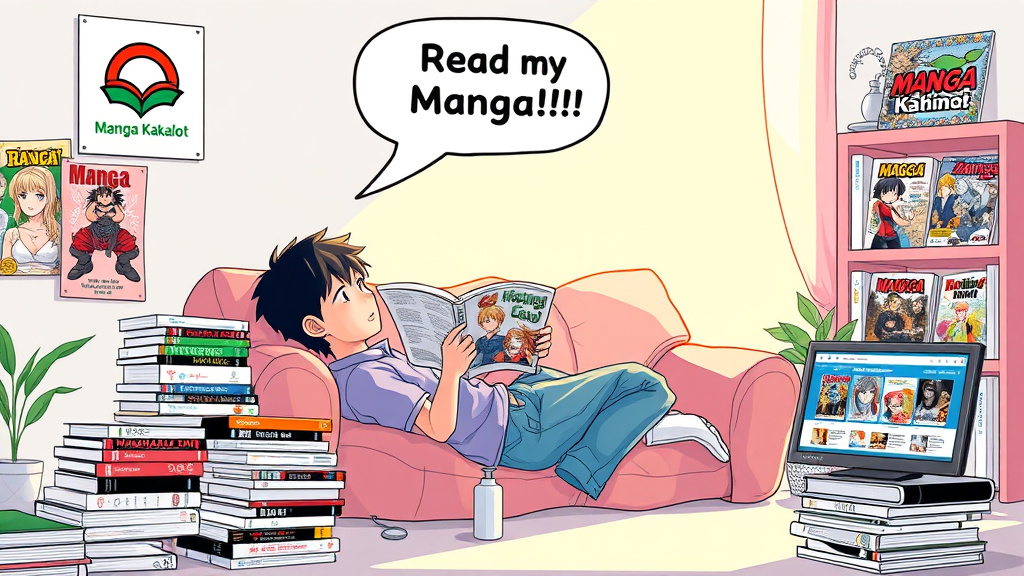
Genre Exploration - Diving into the Diverse World of Anime and Manga
The genre diversity within anime and manga is truly astonishing, reflecting a wide array of human experiences and imaginative worlds. From action-packed shonen titles to introspective josei stories, the spectrum caters to different age groups, gender identities, and cultural backgrounds. Each genre often merges with others—creating hybrid forms that challenge traditional storytelling boundaries. For example, sports manga like Haikyuu combine intense athleticism with human drama, while magical girl anime such as Sailor Moon blend youthful innocence with themes of empowerment.
What sets anime and manga apart is their capacity to explore niche themes and experimental narratives that wouldn’t easily find a platform in Western mainstream media. The genre landscape reveals a commitment to cultural storytelling innovation—ranging from dystopian futures, psychological horror, cyberpunk settings, to romantic comedies and historical epics. This depth allows fans to find stories that resonate personally, and creators to push artistic and narrative boundaries freely. The genre diversity not only sustains their popularity but also contributes to their status as flexible, expressive forms of storytelling capable of evolving with societal changes.
From Page to Screen - Analyzing the Adaptation Process in Anime and Manga
The process of transforming manga into anime is complex, involving creative collaboration among writers, artists, voice actors, and directors. Adaptation is both an art and a science: it requires translating static images and dialogue into dynamic motion and sound while retaining the story’s essence. Successful adaptations often expand the manga’s universe, adding new scenes or perspectives that deepen the narrative, but they also face challenges such as pacing, budget constraints, and cultural translation. A well-done anime adaptation can elevate source material, reaching wider audiences and invigorating the franchise.
Conversely, not all adaptations succeed, which can lead to fan disappointment or divergence from beloved source material. Some anime, like Attack on Titan or My Hero Academia, have become iconic and have even surpassed their manga in popularity—highlighting how animation and voice acting bring emotional intensity and action to a higher level. The adaptation process underscores the importance of maintaining fidelity to the original’s essence while exploiting the new possibilities that the audiovisual medium offers. This ongoing dynamic shapes how we experience stories, turning manga into multi-layered multimedia franchises that extend beyond the page.
The Impact of Anime and Manga on Global Pop Culture
The influence of anime and manga on global pop culture cannot be overstated—they have become integral to fashion, music, video games, and even film. International audiences have adopted anime-inspired art styles in their own creative works, such as Western comics and animation, blurring cultural boundaries. Icons like Dragon Ball, Naruto, and Pokémon have transcended their origins to become household names worldwide, shaping childhood nostalgia and fostering intercultural dialogue.
Moreover, anime and manga have contributed to the rise of dedicated fandom communities that celebrate their passion through cosplay, conventions, fan fiction, and online forums. These communities facilitate cultural exchange and promote inclusivity, as fans from diverse backgrounds share and create content collaboratively. They also influence mainstream media, inspiring Hollywood films, fashion trends, and advertising. Overall, anime and manga have become cultural catalysts—bridging technological, artistic, and social divides, and demonstrating the power of storytelling as a universal language.
Behind the Scenes - Unveiling the Creative Process of Anime and Manga Production
Creating anime and manga involves a meticulous and collaborative process that combines artistry, storytelling, and technology. Manga artists (mangaka) often work under tight deadlines, balancing drawing, writing, and editing—laying the groundwork with rough sketches, character designs, and storyboards. Their work is physically demanding but deeply expressive, with each panel crafted to evoke emotion, humor, or tension. Behind the scenes, editors play a crucial role, ensuring the narrative remains cohesive and fits within publication schedules or animation timelines.
In anime production, teams of directors, animators, voice actors, and sound engineers work together in a highly coordinated effort. Animation studios often operate on tight budgets and tight schedules, leading to creative compromises or innovative solutions. Despite these challenges, the passion of creators shines through in the high-quality visual storytelling and memorable sound design. The creative process of anime and manga production is a delicate balance of discipline and inspiration—fostering a unique artistic culture rooted in craftsmanship and storytelling dedication.
Iconic Characters and Storylines - Exploring the Pillars of Anime and Manga
Many anime and manga have introduced characters and storylines that have become cultural icons. Characters like Goku from Dragon Ball, Sailor Moon, and Luffy from One Piece exemplify archetypes of heroism, friendship, and perseverance that resonate universally. These characters are often complex, flawed, and relatable, allowing fans to see reflections of themselves or aspire toward heroism. Iconic storylines, whether exploring themes of revenge, love, or existential questions, shape the emotional core of the series and create lasting memories.
What makes these characters and stories so powerful is their ability to evolve over time, reflecting societal changes and personal growth. The narrative arcs often incorporate moral dilemmas, character development, and world-building that engross audiences. These staples of anime and manga serve as cultural touchstones—they symbolize resilience, hope, and dreams—giving fans a sense of shared history and identity that sustains their passion over the years.
The Art of Visual Storytelling - Analyzing the Unique Styles of Anime and Manga
The visual language of anime and manga is distinguished by highly expressive character designs, innovative panel layouts, and thematic color palettes. Manga’s black-and-white pages emphasize contrast, shading, and detail, allowing artists to focus on intricate line work that captures emotion and movement. Anime, meanwhile, enhances these elements with fluid animation, special effects, and carefully curated color schemes that convey mood and tone. Both art forms leverage visual storytelling techniques—such as dynamic framing, composition, and symbolism—to deepen narrative impact.
These artistic styles are not merely aesthetic choices—they reflect cultural values, storytelling traditions, and technological advances. For example, the exaggerated facial expressions in manga can vividly depict humor or intensity, while anime often employs visual metaphors like color symbolism to evoke particular themes or emotions. The fusion of traditional craftsmanship with digital technology continues to push the boundaries of visual storytelling, making anime and manga vibrant, immersive experiences that captivate diverse audiences.
Anime and Manga Fandom - Community, Cosplay, and Convention Culture
The devoted fandom surrounding anime and manga is a testament to their powerful cultural resonance. Fans worldwide gather at conventions, participate in cosplay competitions, and create fan art, fan fiction, and digital content that demonstrate their passion and creativity. This communal activity fosters inclusivity, allowing individuals to express their identities and connect over shared interests regardless of cultural or linguistic boundaries. It transforms anime and manga from isolated entertainment into a vibrant subculture with its own language, customs, and social dynamics.
Fandom also propels the industry forward, influencing production agendas and popular trends. Cosplay, in particular, is a form of artistic expression that often involves intricate craftsmanship, embodying characters' personalities and aesthetics. Online platforms enable global conversations, meme-sharing, and collaborative projects that keep the fandom dynamic and evolving. This vibrant community effectively sustains and propagates the influence of anime and manga, demonstrating their ability to inspire creativity and forge meaningful connections across borders.
The Future of Anime and Manga - Trends, Innovations, and Global Expansion
Looking ahead, the future of anime and manga is poised for continued growth through technological innovations and expanding markets. Advances in animation techniques, virtual reality, and artificial intelligence promise more immersive and personalized storytelling experiences. Moreover, streaming platforms like Crunchyroll, Netflix, and Funimation have revolutionized access, allowing audiences worldwide to enjoy anime and manga with ease and language localization. These trends are breaking down traditional barriers and making Japanese storytelling more accessible than ever before.
Global expansion also entails embracing diverse perspectives and storytelling voices, leading to innovative hybrid genres and narratives that resonate with wider audiences. Cultural exchange and collaboration will likely foster new stylistic influences, blending Western and Japanese aesthetics. As the industry adapts to environmental and economic challenges, sustainable production practices and digital evolution will be crucial. The future of anime and manga holds immense promise as they continue to evolve, inspire, and connect people across cultures—becoming even more integral to global pop culture.
Conclusion
In conclusion, anime and manga are more than just mediums of entertainment—they are powerful cultural forces that cross boundaries, influence industries, and foster communities worldwide. Their enduring appeal lies in their diverse storytelling, innovative artistry, and ability to adapt to technological advancements and cultural shifts. From their origins in Japan to their global reach, anime and manga continue to shape and reflect societal values, inspiring creators and fans alike. As we look toward the future, their potential for growth, innovation, and cultural exchange remains limitless, cementing their status as timeless and universal storytelling forms.
